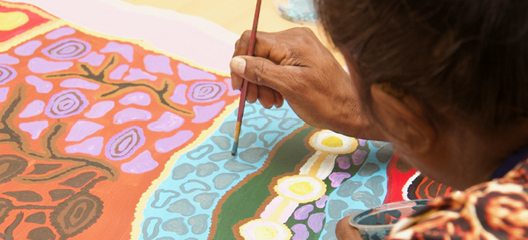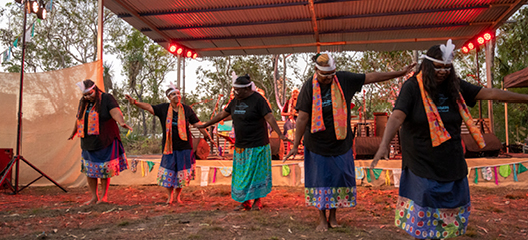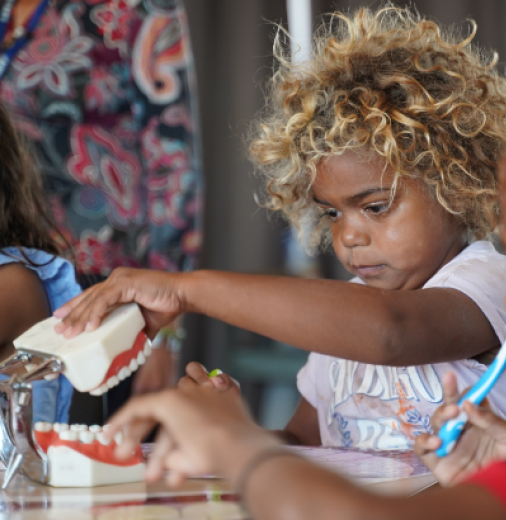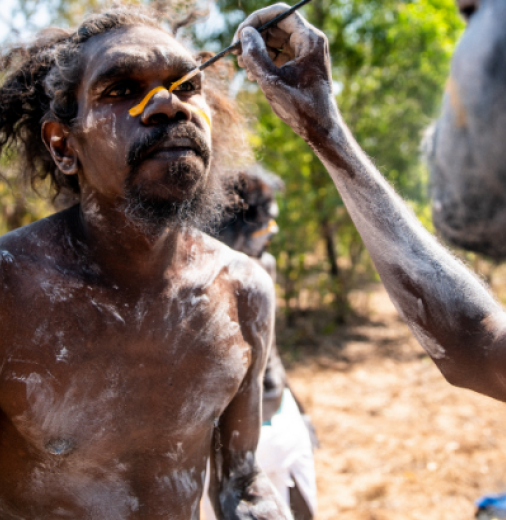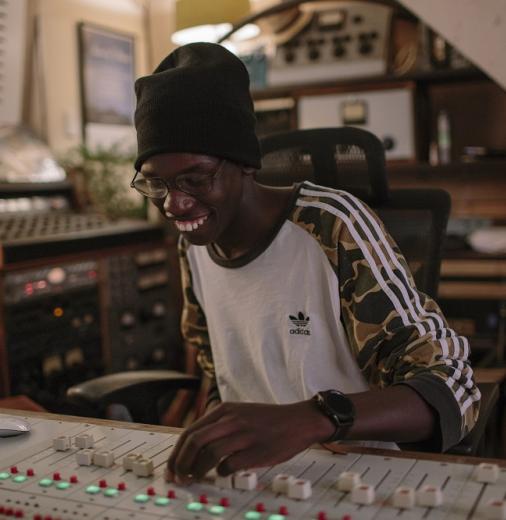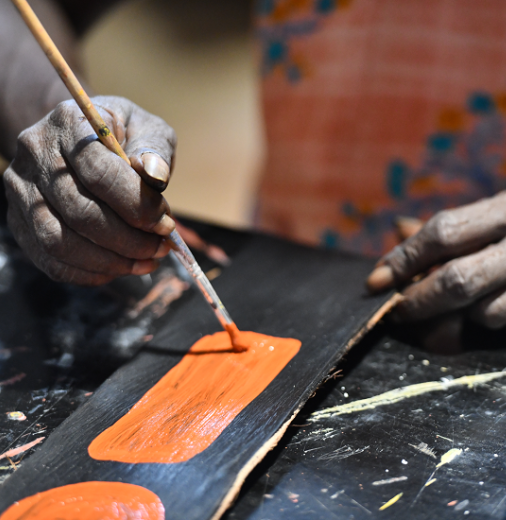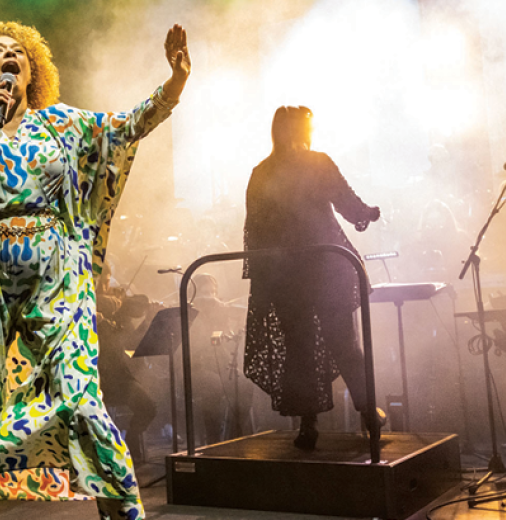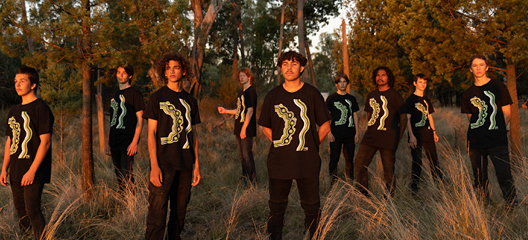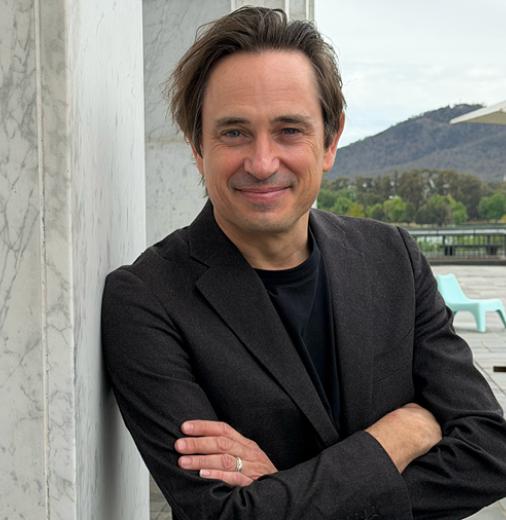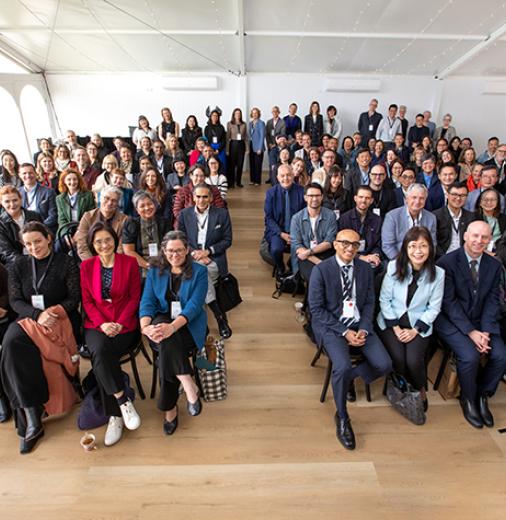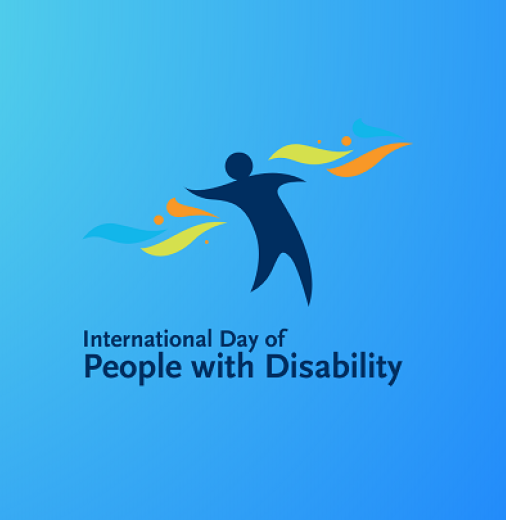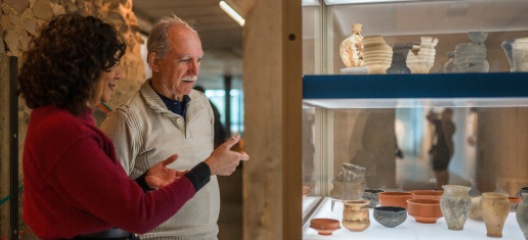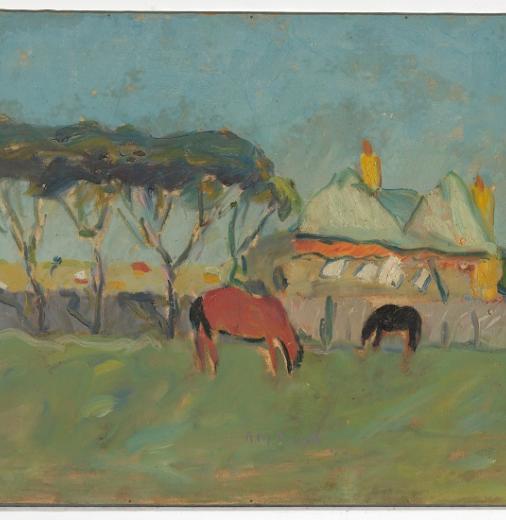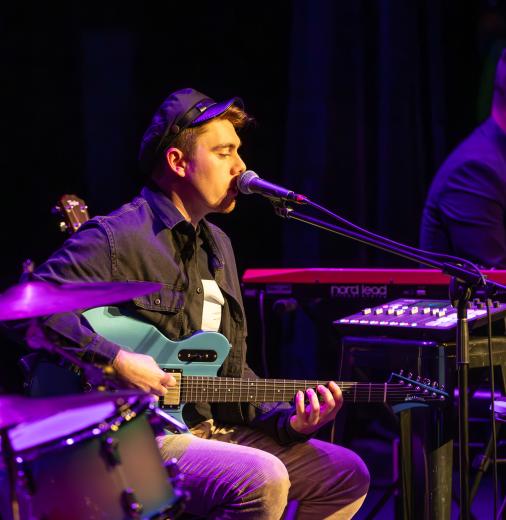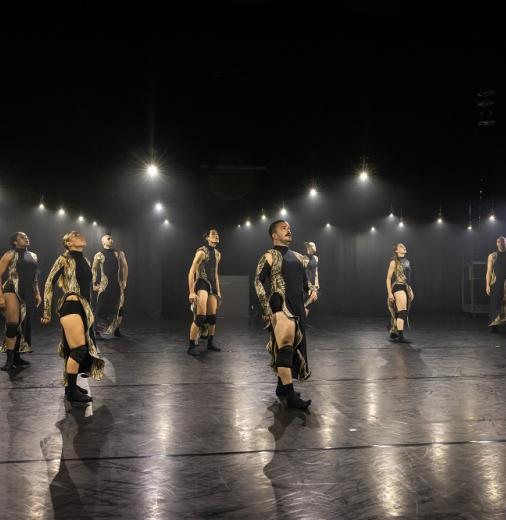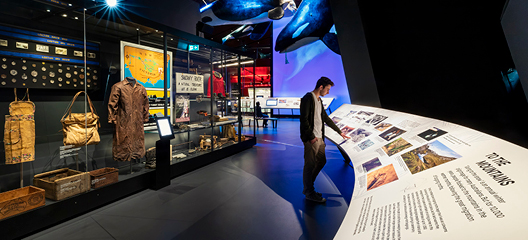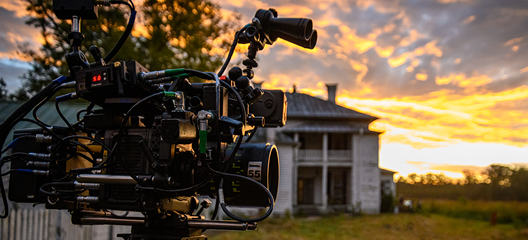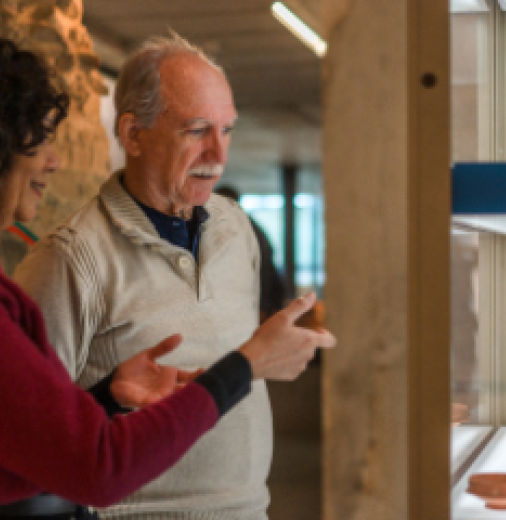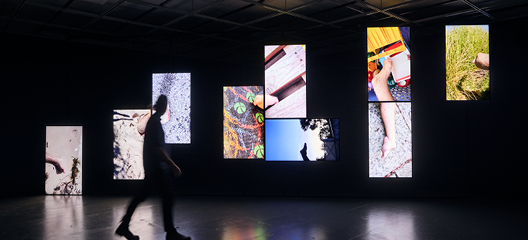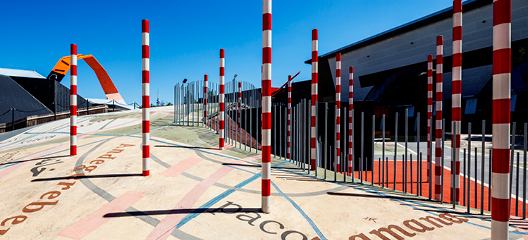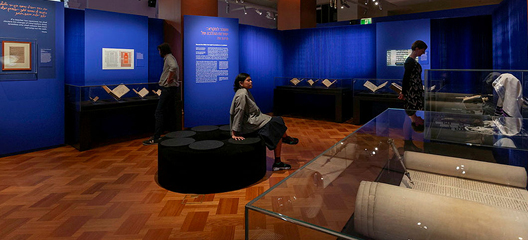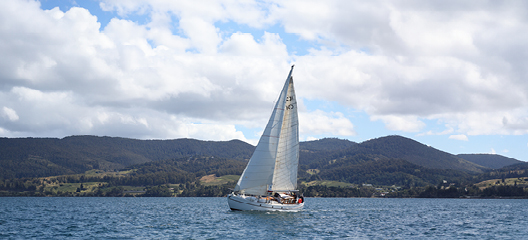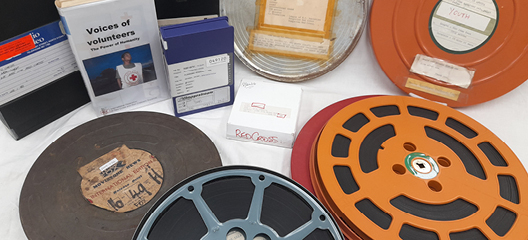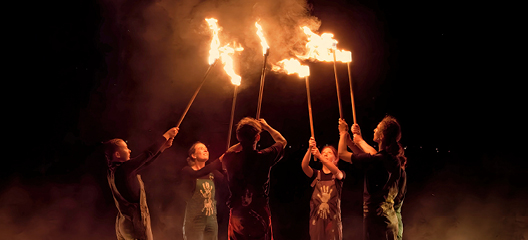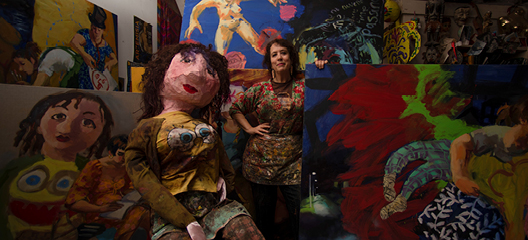The National Indigenous Languages Convention was held on Friday 23 February 2018, bringing together community members, language workers, industry partners, educators and government to explore how digital technologies can be used to preserve and pass on Aboriginal and Torres Strait Islander languages.
Through innovative displays, inspiring speakers and passionate delegates, the Convention showcased firsthand a range of community-led initiatives and encouraged robust discussion about future possibilities.
Hear from some of our delegates about the importance of language across communities and from the presenters on the day about how technology can support language revival.
Wrap up
Through innovative displays, inspiring speakers and passionate delegates, the Convention showcased firsthand a range of community-led initiatives and encouraged robust discussion about future possibilities.
The presentations and discussions from the Convention encompassed key themes around digital projects, intellectual property, education resources, art and culture, and philanthropic partnerships. The images below are from visual listener, Devon Bunce, who was illustrating the discussions taking place at the Convention.
For more information about the Australian Government’s election commitment visit Protect, preserve and celebrate Indigenous languages page.



